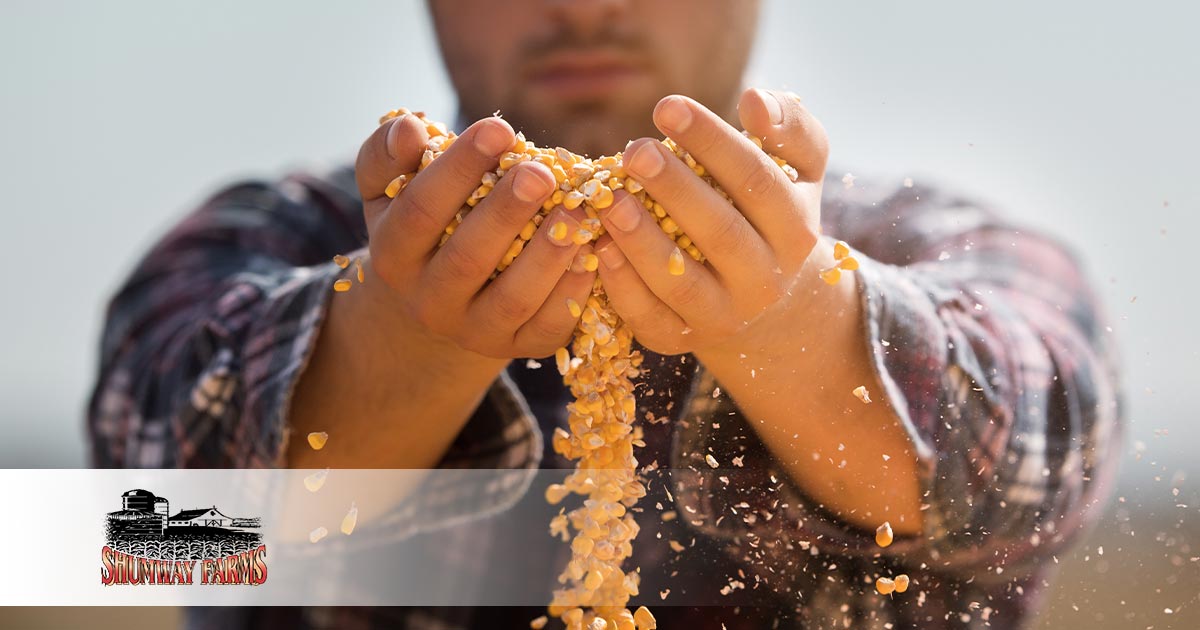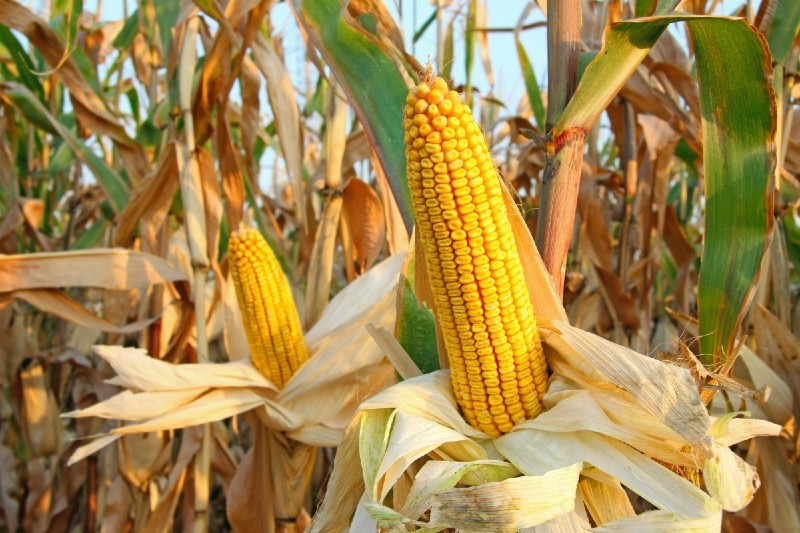

Making popcorn from “scratch” is easy. Just dry out some corn and pop it in some oil on a stove. Wait. That actually doesn’t work because it is the wrong kind of corn. While there are many types of popcorn, they generally fall into four categories:
- Sweet corn — the kind we eat as is
- Field Corn – Used to make cornmeal
- Ornamental Corn – a great decoration
- Popcorn — a higher starch type of corn that makes it turn white and fluffy when popped.
Where Popcorn is Grown
Corn for popping is also called Zae mays Everta, and includes a hundred different strains, that produce various levels of fluffiness in the popcorn when they are popped. The most popular type for eating plain or with butter and salt looks a lot like a snowflake. For caramel corn, denser corn makes larger mushroom-shaped kernels.
Historically, popcorn has grown all over the world, but today most of it grows in the United States in the Midwest and South, mostly in Kentucky, Indiana, Iowa, Illinois, and Nebraska. Approximately 30,000 seeds are planted in a popcorn field, after it is grown the kernels are removed from the cob and dried to the point where the moisture level is at 14%.
Popcorn Through History
There is a Mexican myth about the first popcorn, that although it isn’t fully proven, there is some evidence that it is possible. The myth says a wealthy farmer had thousands of acres of corn, so he dried some to feed to his chickens. On one very hot day a kernel popped, and he tried it and discovered it to be delicious, and so popcorn as we know it was born, only without salt or butter.
Since popcorn kernels need to be at least 400 degrees Fahrenheit in order to pop, this isn’t exactly the most efficient way to enjoy popcorn, but there were fewer options back in 3600 BCE.
It was in the 19th Century when popcorn as a popular snack, and a profitable business, really took off. Stove popping popcorn became popular, and in 1890 the popcorn machine was invented. It took off even more in the 1930s, during The Great Depression because it was an affordable treat, and that popularity grew even more during World War II when things like sugar for candies were rationed, and people needed their snack fix.
It was also during WWII that popcorn was linked with the movies, and when popcorn machines hit the theaters, they started bringing in more money than the actual movies. A movie theater owner, Glen W. Dickenson, Sr. was credited for this partnership when he installed popcorn machines into the lobbies of his theaters and even purchased popcorn farms to keep them supplied.
In 1970, popcorn became even more of a staple when Orville Redenbacher brought his brand to the grocery stores. and in 1981, General Mills started the revolution of microwave popcorn.

What Happens to a Popcorn Kernel as it Prepares to Pop?
Within each kernel of dried popcorn there is still moisture and oil that is mixed with the starch of the grain, the outer hull is strong and resistant to that moisture. During the heating process, the moisture becomes pressurized steam, which causes the starch to gelatinize, turning it soft and pliable. Eventually, the pressure builds to 135 psi. at 356 degrees, the hulls start to rupture. The endosperm of the popcorn grain turns to an airy foam, which cools quickly into the popcorn puff we know.
Getting perfect popcorn, to some extent, is a matter of timing. If the popcorn kernels heat too fast, the steam creates too much pressure too quickly, which makes the hull break before the gelatinization of the endosperm is complete, resulting in kernel that are only partially popped and that are hard in the middle. If they don’t get enough heat, the kernels will not pop at all. Since theaters generally buy popcorn by weight and sell it by volume, getting the most out of every kernel becomes an important part of their business model.
Getting popcorn to the right moisture level is also important. Even fresh popcorn off the cob will pop, but not well Ideally, the moisture level should be 14-15% for the best yield. When popcorn is old, it dries out, and makes for less popped popcorn.
Do You Need Bulk Popcorn for Your Restaurant or Business? Shumway Farms Theater Style Popcorn Can Help!
Popcorn isn’t just great for movies at home, it is also a great addition to your restaurant or business, giving you a chance to make each customer’s experience a little more memorable. No matter how you pop it, good popcorn starts with quality kernels. At Shumway Farms we offer three types of wholesale popcorn; butterfly-style popcorn (our most popular), slightly smaller white popcorn, and mushroom style popcorn with the largest kernels, which are great for making caramel corn. Orders come in 35-pound bags, 50-pound bags, and in 2000-pound totes. To learn more on how to get our quality popcorn for your own, contact us at 517-767-3569.
